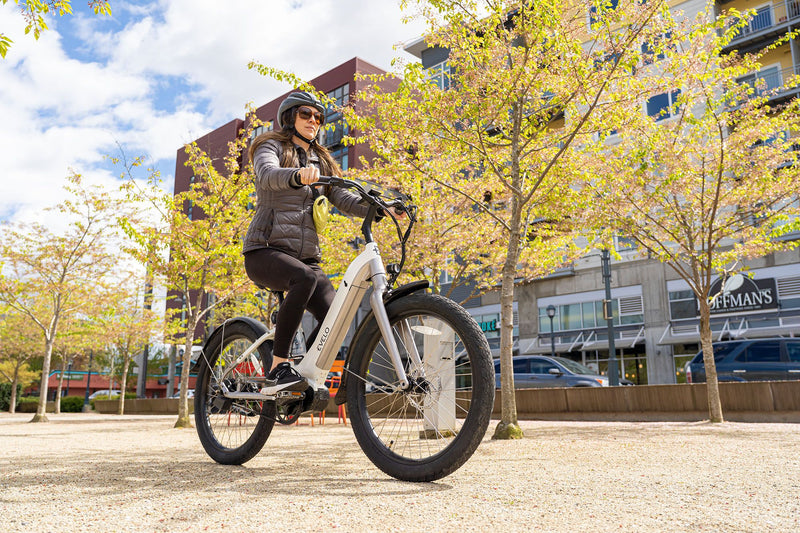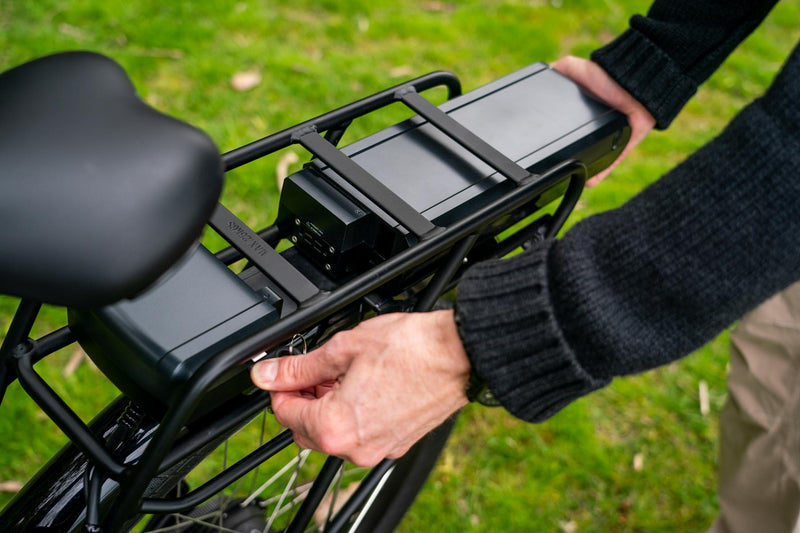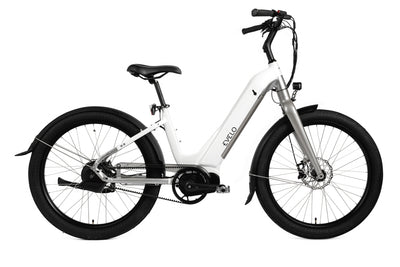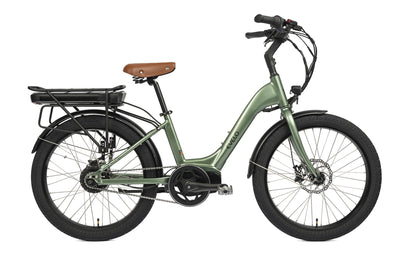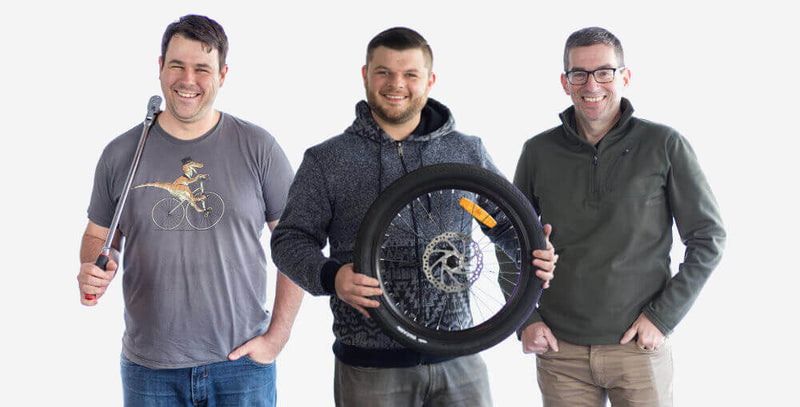What are the benefits of Electric Bikes for Commuting
Riders can stay active during their commute, but also maintain composure upon arrival due to the electric assist available on eBikes. As you pull up to your destination, you can rely on the motor and battery to cool down a bit, and not look like you just rode your bike to work.
An electric bike gives commuters the ability to cover much longer distances with much less effort than required on a traditional bicycle, significantly expanding the range in which commuting by bicycle becomes a viable option. Someone who is comfortable riding a regular bicycle 5 miles can easily cover 10-15 miles with even less energy expenditure if you choose to do so.
If you’re having a case of the Mondays, many eBikes offer Throttle-Only operation in addition to Pedal Assistance, which allows the rider to simply press the throttle and let the bike do all of the work.
In addition to the obvious health benefits to commuting via eBike, there are also parking advantages, as well as long term cost benefits over public transportation or vehicle ownership and maintenance.
What are the disadvantages of commuting on an electric bike?
Planning an efficient route and contending with traffic is certainly something to consider, as well as inclement weather, and being prepared for these situations with the appropriate gear.
Another disadvantage could be that you may feel a bit locked into your schedule, since you may need to go home first if your plans change and you need to travel outside of the range your bicycle provides, or if there is a scheduling or time constraint that needs to be addressed.
Since eBikes are a bit slower than most public transportation or owning a car, your commute may take a bit longer than it normally would travel by bicycle, depending on the area you live, traffic, and routes available. Also, your payload capacity is significantly reduced when compared to driving to work.
Frame Style / Riding Position for Commuter Bikes
Folding Bike or Full-Frame?
Selecting a folding or a full-size bike depends on the logistics of your commute. Many municipal public transportation systems will allow folding bikes during peak hours, but not full-size bicycles. This is important to consider if you need to ride to a train, take a few stops, then ride the rest of your journey. Incorporating a bicycle into an existing longer commute is also possible with a folder, which would involve driving most of the way, parking, then riding the rest of your commute on a bicycle – which can be a huge plus if parking is difficult or expensive in a particular area.
Full-size bicycles have larger wheels, and would typically be a good choice for anyone who doesn’t specifically need or want a folding bike. Riding and balancing are generally a bit easier on a full-size bicycle due to the overall design and geometry.
The Best Electric Bikes for Commuting have:
Throttle
Throttles are a great choice for commuters since you can take a break going up that extra steep hill, or use the throttle for the last mile or so of your journey to give yourself time to catch your breath and not arrive to work sweaty and disheveled.
Pedal Assist
Pedal Assist is great on any eBike, but commuters can use this feature to incorporate some light cardio into their trip, as well as fine-tune the amount of assistance desired.
Carbon Belt Driveway
Reliability is an important factor for commuters, and the Gates Belt Drive system eliminates a chain and derailleur entirely, which makes it the most reliable drivetrain available for eBikes anywhere. Plus removes the risk of getting grease on your gear.
Automatic Shifting
Automatic shifting also improves an eBikes reliability, as it requires no adjustment or fine-tuning at all. Electronic is smooth, precise, and reliable.
Tires
Puncture resistance is important for commuters for both travel time and convenience standpoint. The best eBikes come with tires ready for the additional speeds and wear and tear from an electric bike, and should prevent flats to ensure a seamless trip.
How far can you commute on an electric bike?
The average rider would be able to handle a 5-10 mile commute on a daily basis riding an electric bicycle without too much of a fuss. For more advanced riders, commutes of up to 50 miles a day are realistic, and we’ve seen riders commute up to 100 miles per day on occasion!
How long does it take to charge the battery?
Electric bicycle batteries generally take 4-6 hours to fully charge, so bringing a charger with you when commuting is advisable, or having multiple chargers can be convenient. It’s also cheaper and lighter than buying a second battery. The battery usually pops right off of the bike, so you can charge it inside during the day if needed.
How fast does an electric commuter bike go?
The top speed of an eBike is governed by its classification and limited physically by its motor power. Class 1 and Class 2 eBikes are federally limited at 20mph, while Class 3 eBikes are limited at 28mph. Most 250-500W eBikes will top out at around 20mph naturally, while 750W eBikes will be able to go 25Mph + depending on the class and settings of that particular bike.
How much does a commuter electric bike weigh?
eBikes are certainly heavier than regular bikes, and generally weigh in between 50-60lbs. The lighter eBikes on the market are generally lower in power and range since the battery and motor themselves are the main reason for the additional weight when compared to a regular bike. For commuting, it’s best to weigh out the options between lighter and less powerful eBikes, or something heavier with substantially more power and range. If you’re looking at a short commute, and you need to carry the bike up some stairs – a lighter bike would be the better choice. If you have a long haul and need to bring some heavier items with you, or prefer not to pedal all that much, a heavier and more powerful eBike would be the better choice.
Can you use an electric bike in the rain?
Weather is also a factor to consider when commuting by bicycle. Making sure you have some rain gear with you at all times can be a good idea, especially on your way to work. The bike itself is sealed from the elements, so getting caught in the rain is nothing to be concerned about when riding an eBike.
Things to think about when commuting on an electric bike
- Route planning: Make sure your route is safe and efficient, with an adequate shoulder to ride safely on your way.
- Safety gear: Additional lights and reflective gear are always a welcome addition to any commuter’s gear package.
- Bags: Pannier bags are a great way to bring all of your stuff with you without the need to wear a backpack while riding, which can be hot and uncomfortable. You can also consider a front rack and additional pannier bags if you need more payload capacity.
- Tools: Bringing basic tools for on-the-road repairs and adjustments is always a good idea. Carrying some tire levers, a patch kit, a small pump, and a folding tool will help you complete brake adjustments and flat repairs on the road. Also carrying an external phone battery may be a good idea just to add an additional layer of security.
- Security: If you need to leave your bike outdoors all day, a heavy-duty lock is a must. There are some high-end lightweight U-Locks that work great, but you want to make sure your wheels and components are secure too, like your saddle, seat post, and front wheel.There are a variety of solutions to address these security needs, such as special hardware kits that replace the factory hardware with keyed nuts and bolts, so only the rider can remove or adjust these parts. A heavy chain lock will be the most economical way to provide adequate security, but they can be a bit heavier than some of the higher-end lightweight security options. Most eBikes will have a built-in battery lock – but bringing your battery inside is your best bet if possible.
- Cargo carrying capabilities: In addition to Racks and Pannier Bags, there are plenty of Trailer options out there for both regular bikes as well as eBikes. The most universal trailers will attach to the rear axle, but there are also Seatpost mounted trailers as well, but they generally are not compatible with a rear rack and pannier setup. eBike with a Hub Motor in the rear may require some modification to the trailer hitch to install properly, but it is certainly possible. All trailers pop on and off the bike easily, so you can remove it when not needed.
Maintenance Plan for Commuting Bikes
Keeping your ride clean is the first step to bike maintenance, as excess grease will attract dirt, which will cause premature wear of your components. Mixing a small amount of dish detergent with water in a spray bottle is a great DIY option, and there are also a variety of bike cleaning products available as well. Bikes with chains and mechanical disc brakes will need a bit more attention over models that come with a Belt Drive and Hydraulic disc brakes – but no more than a regular bicycle would need. In addition to regular adjustments, cleanings, and maintenance; bringing your eBike to your local bicycle shop for a yearly professional tune-up is always advisable.
Are electric bikes good for commuting?
eBikes are an excellent alternative to traditional bicycles, public transportation, and motor vehicles if you’re looking for a healthy and environmentally friendly way to get to work. You can also integrate an electric bicycle into any of the aforementioned methods of transportation to maximize efficiency and minimize commute times in many situations.



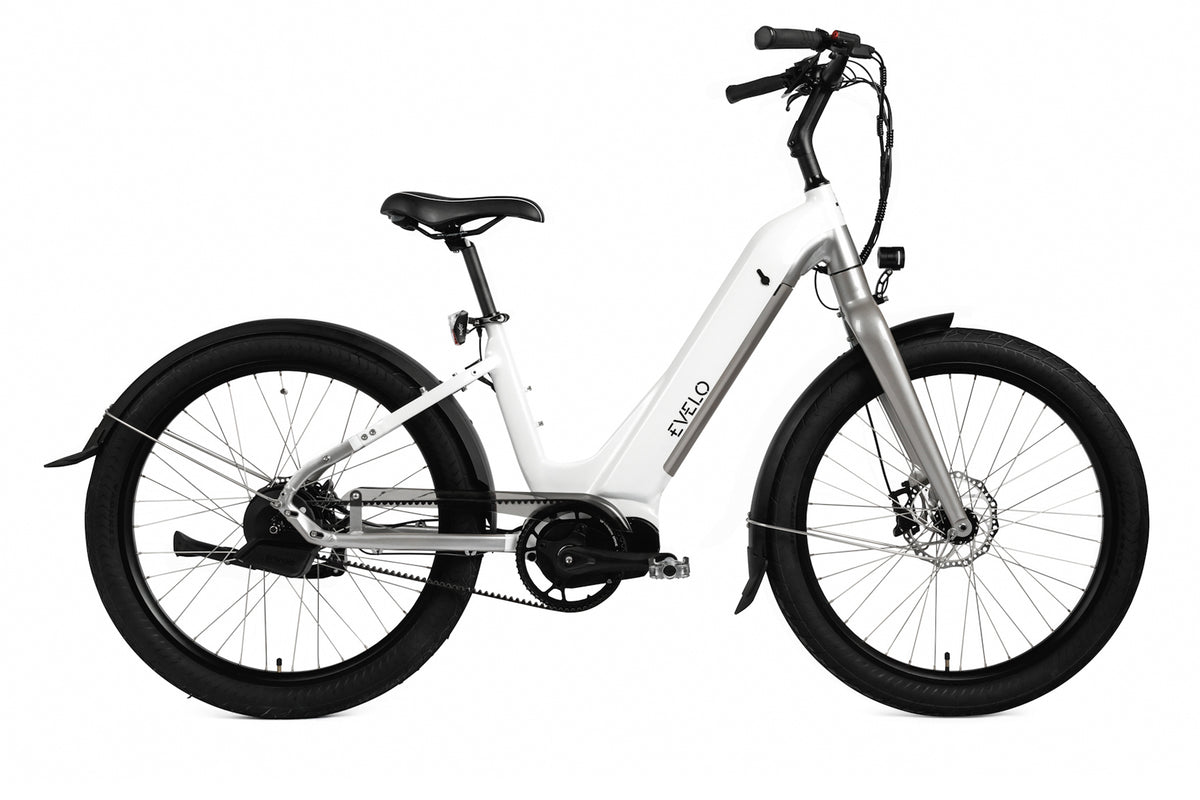
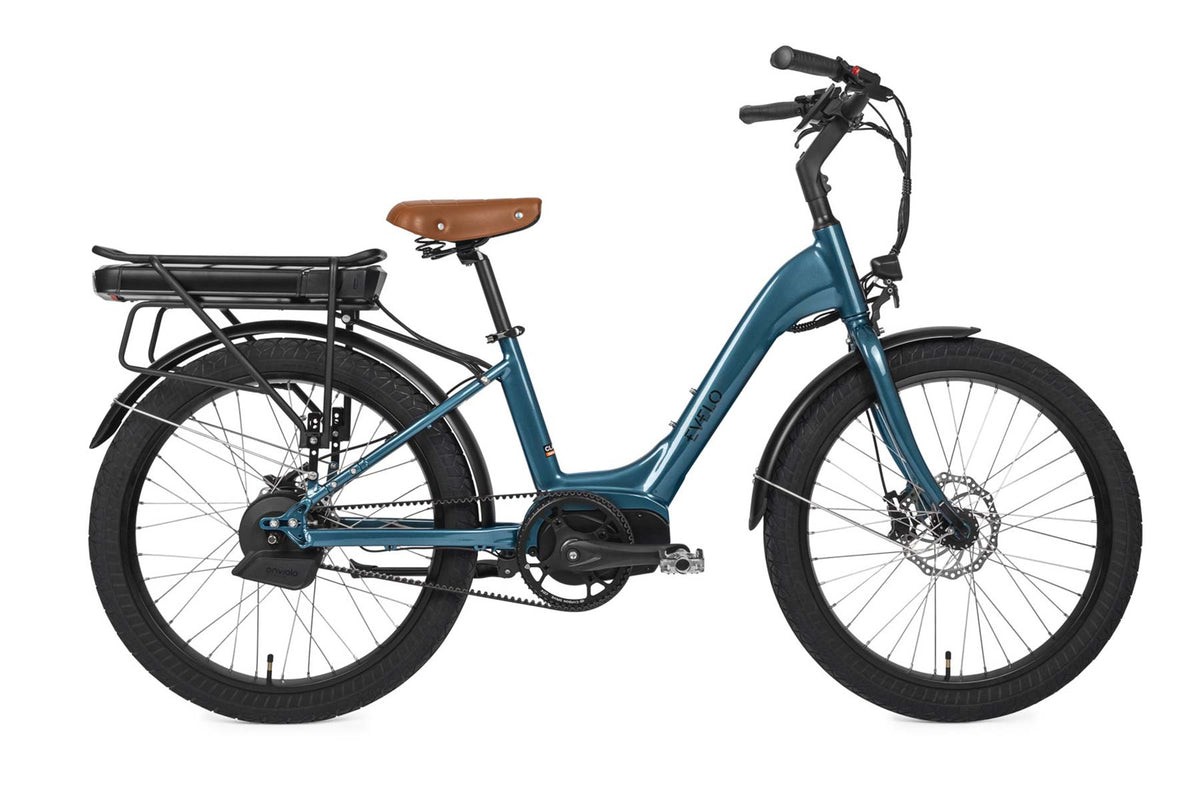


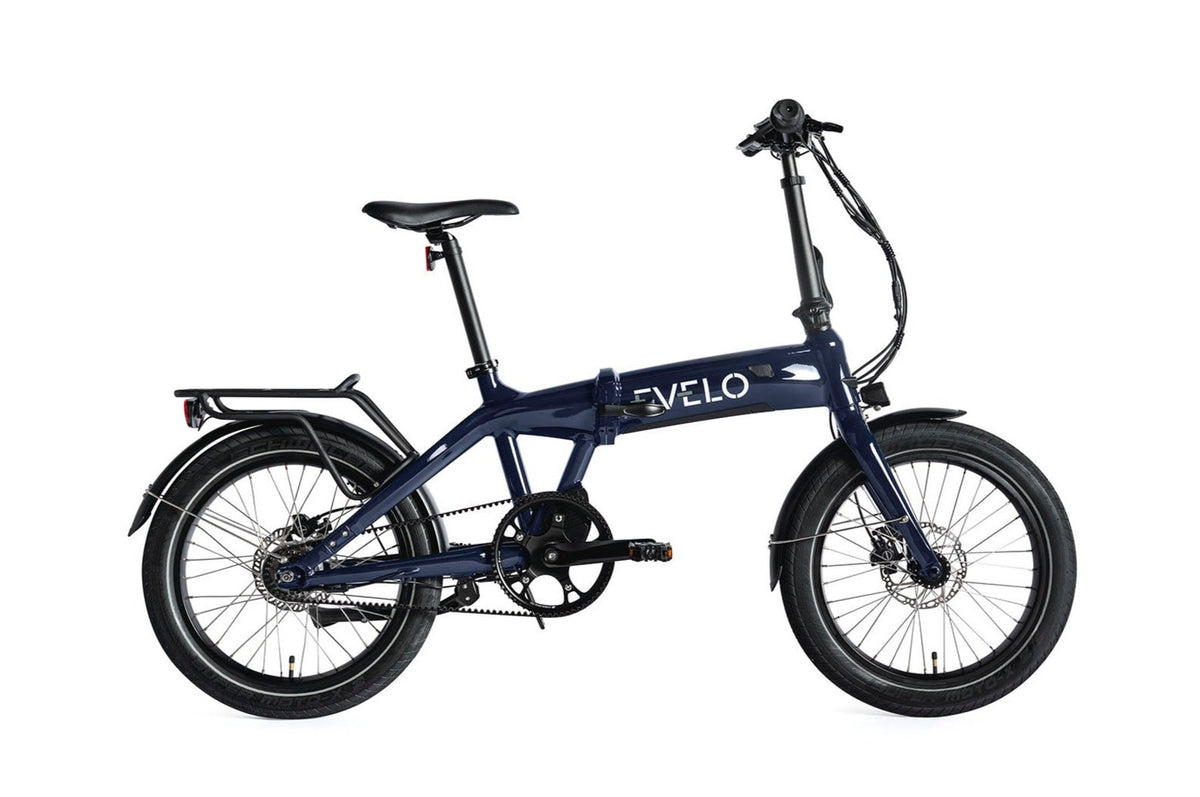
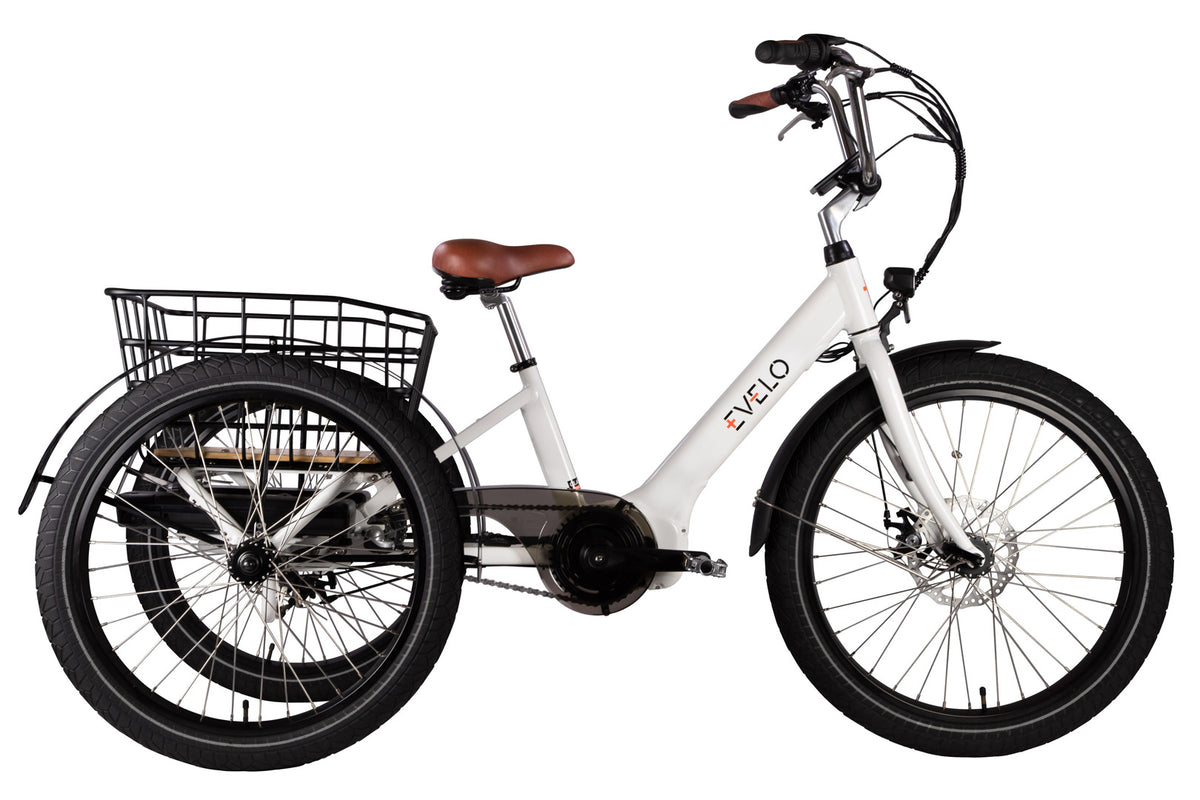
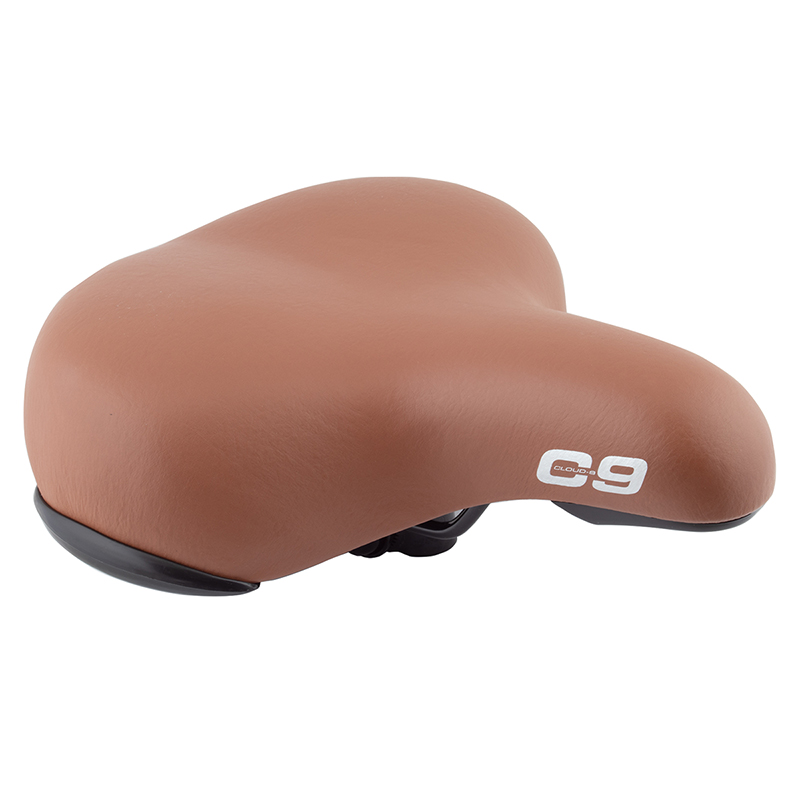
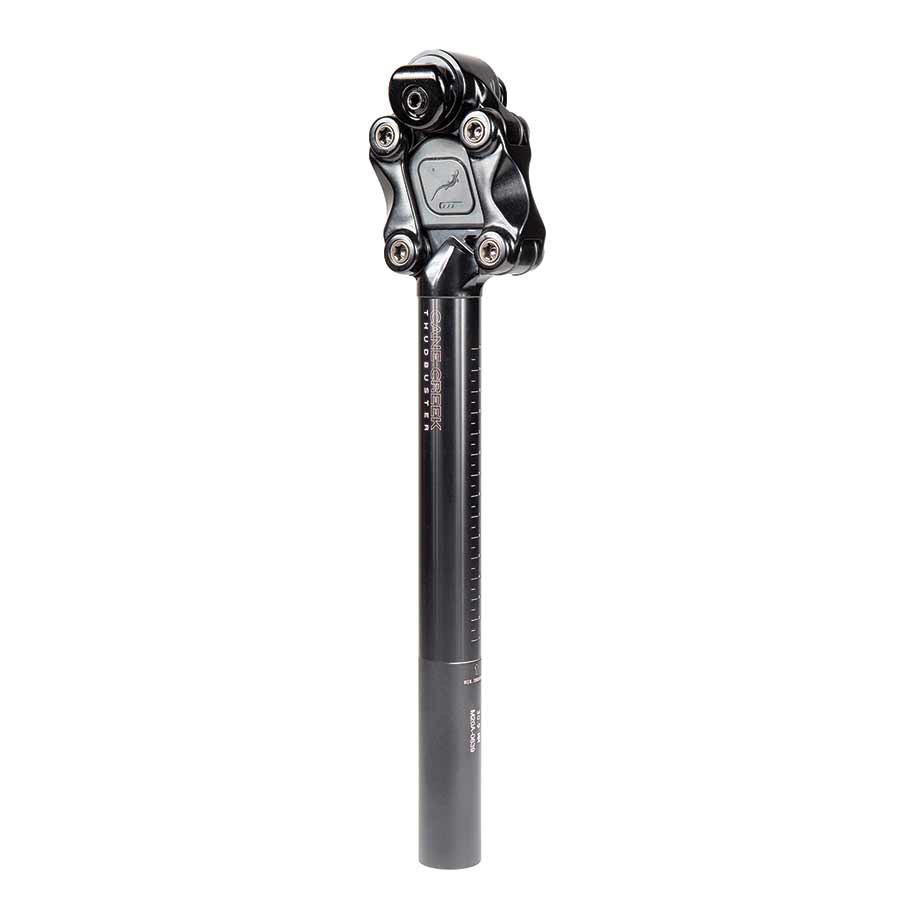
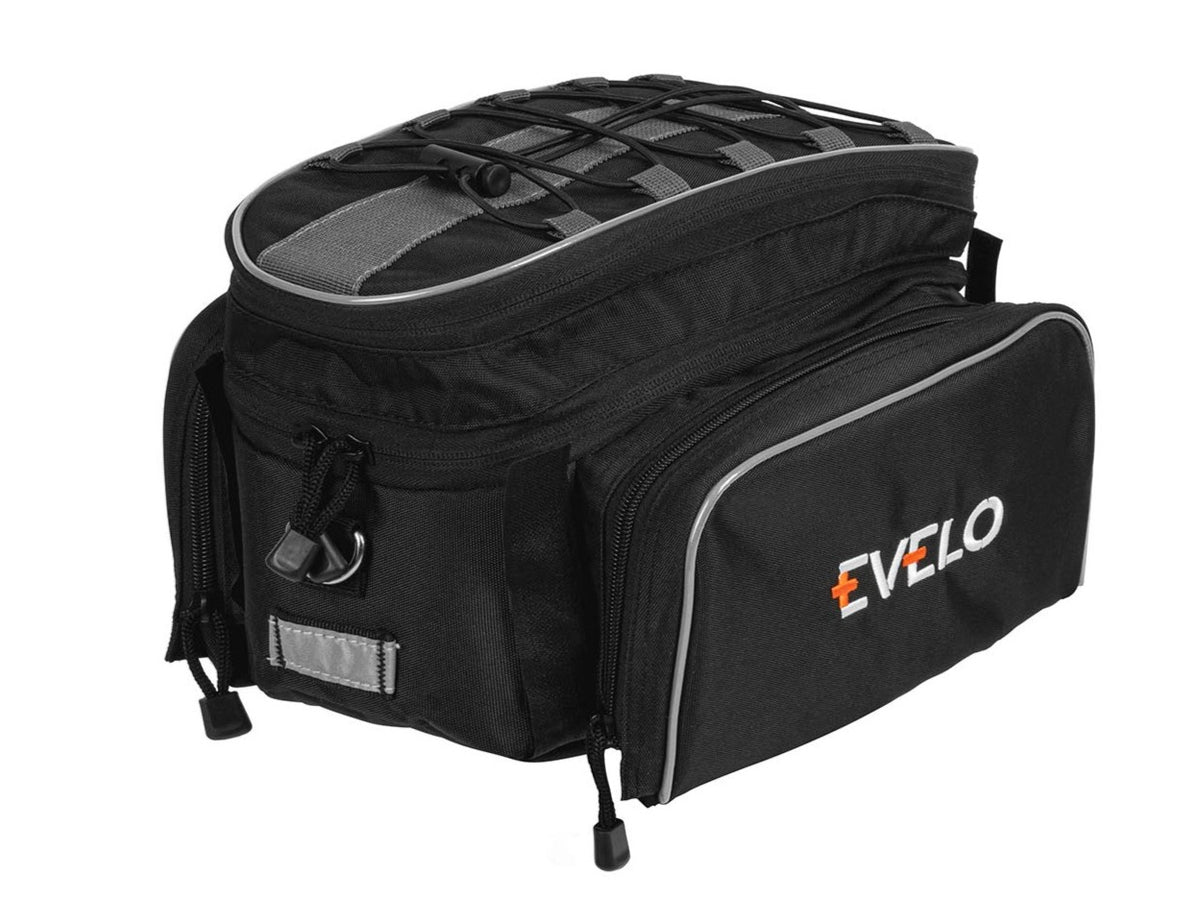
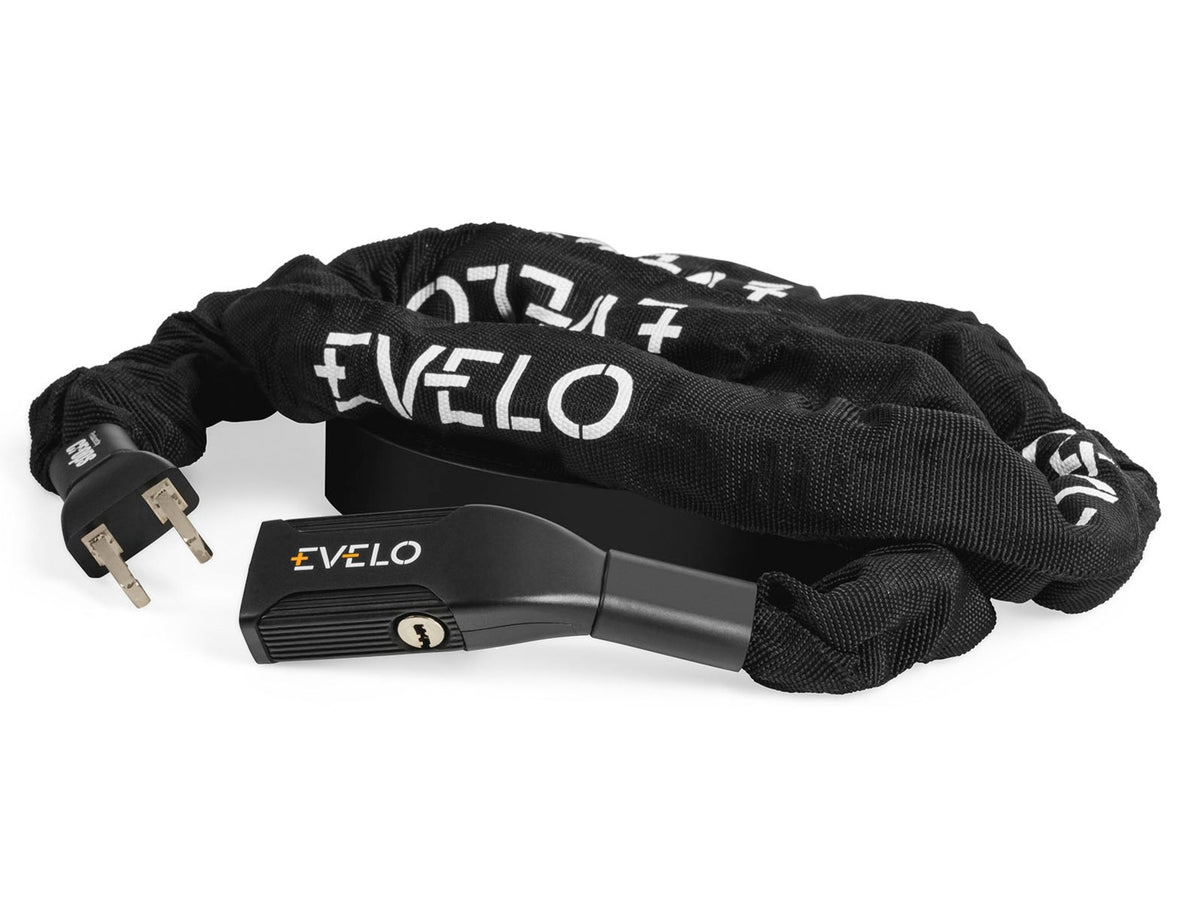




 Easy Assembly
Easy Assembly
 Service and Repairs
Service and Repairs
 Ebike Articles & Content
Ebike Articles & Content

